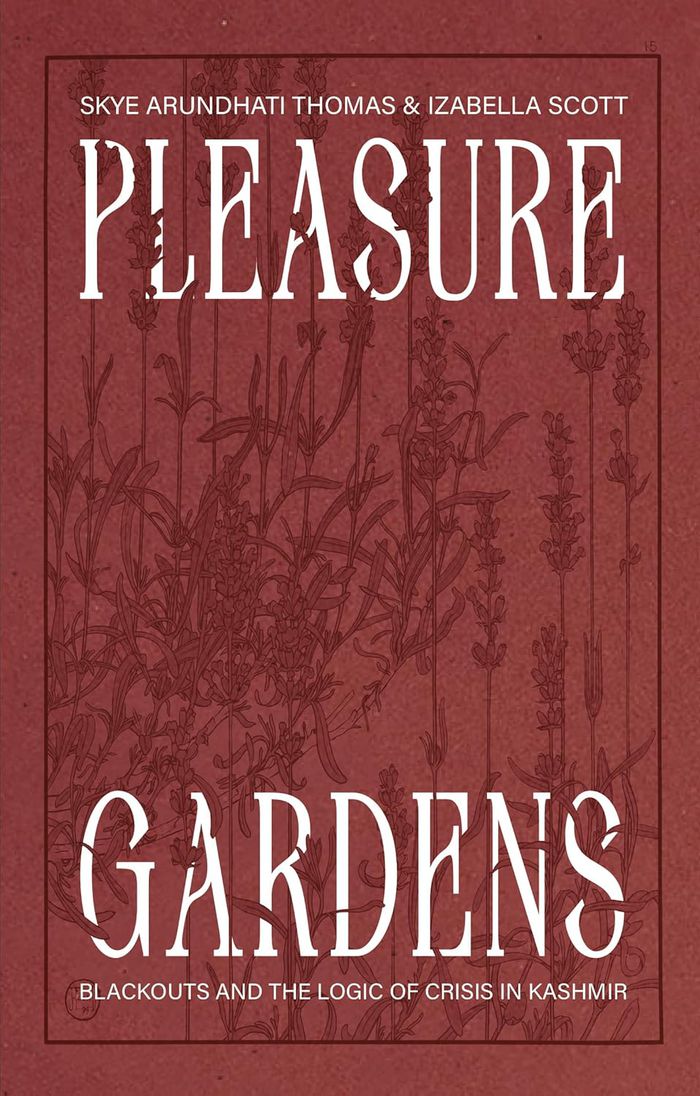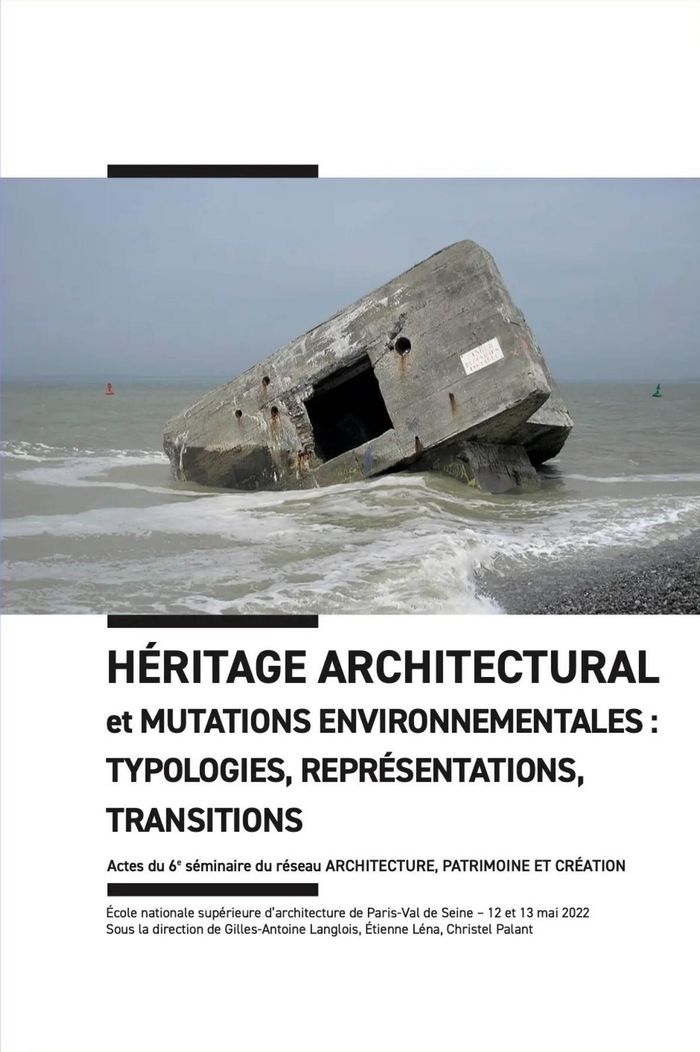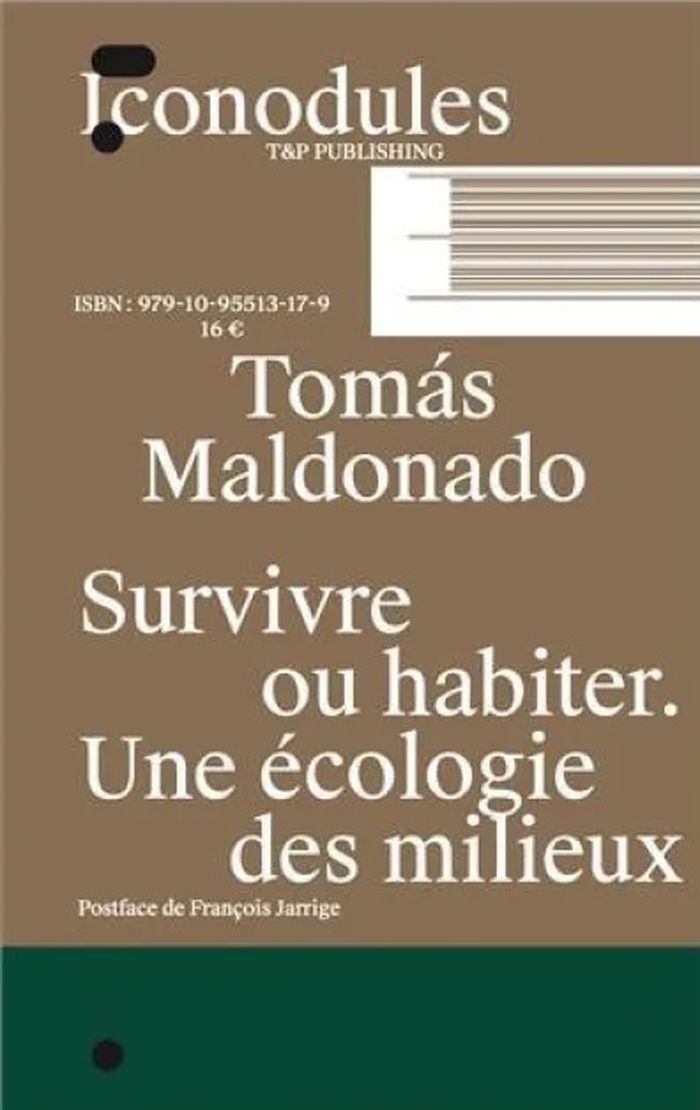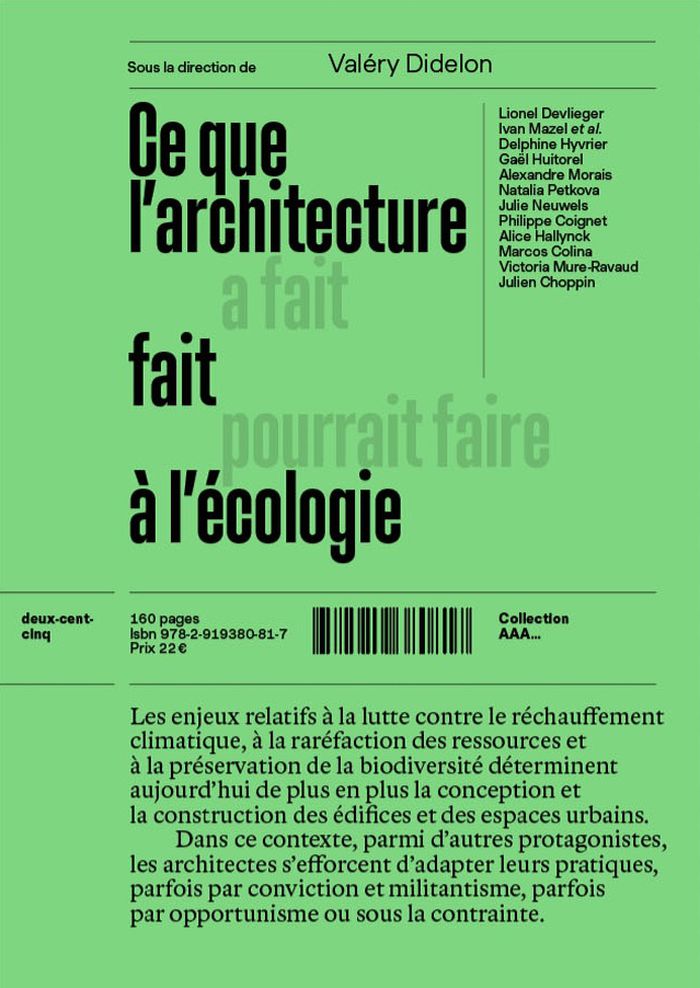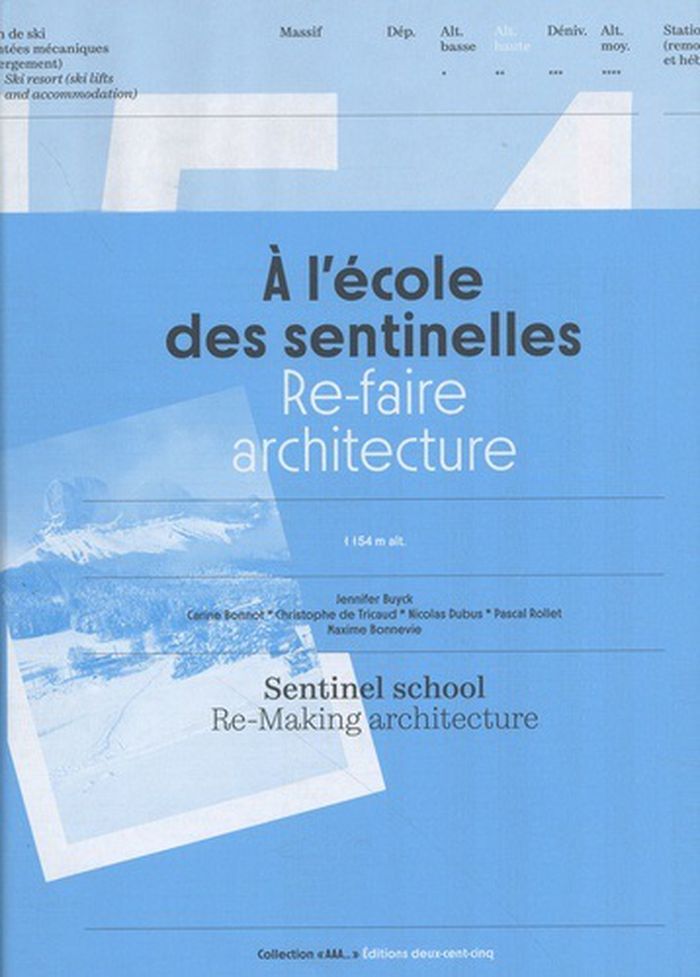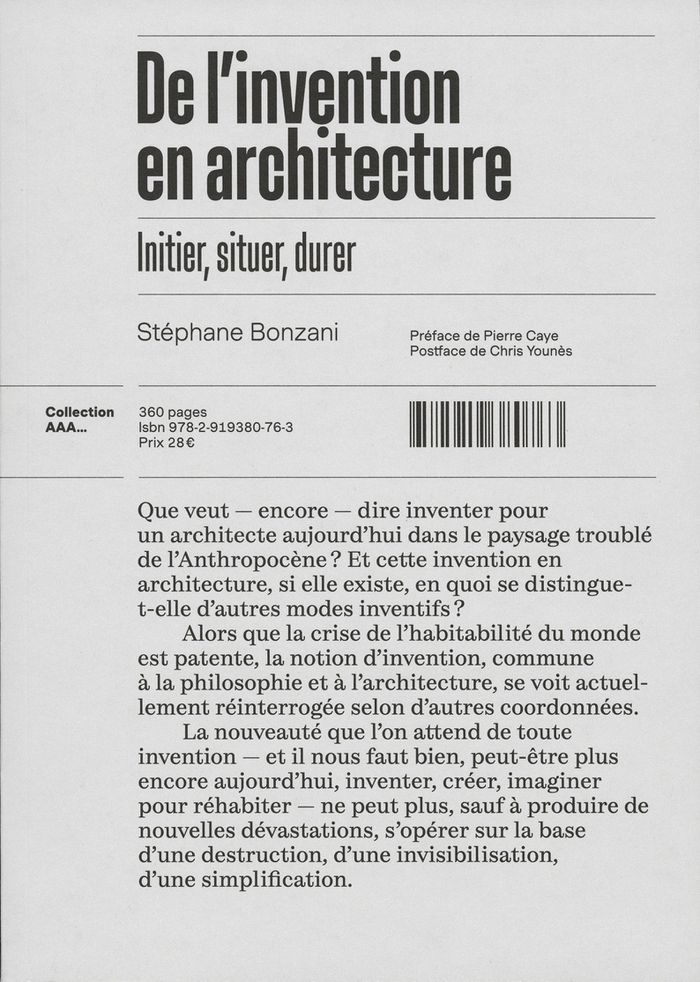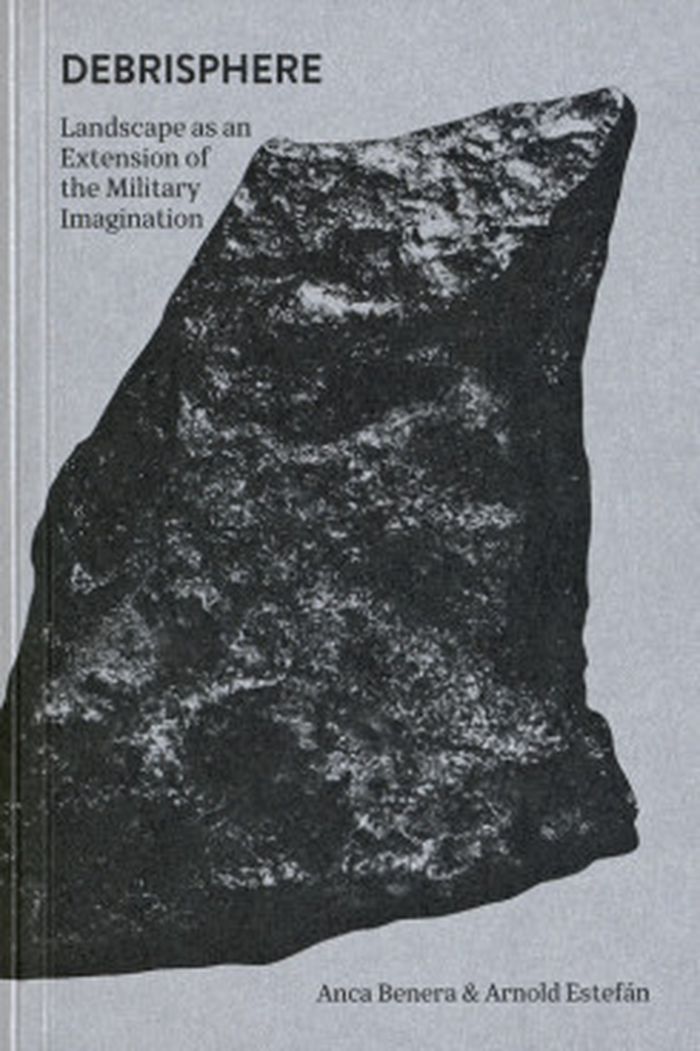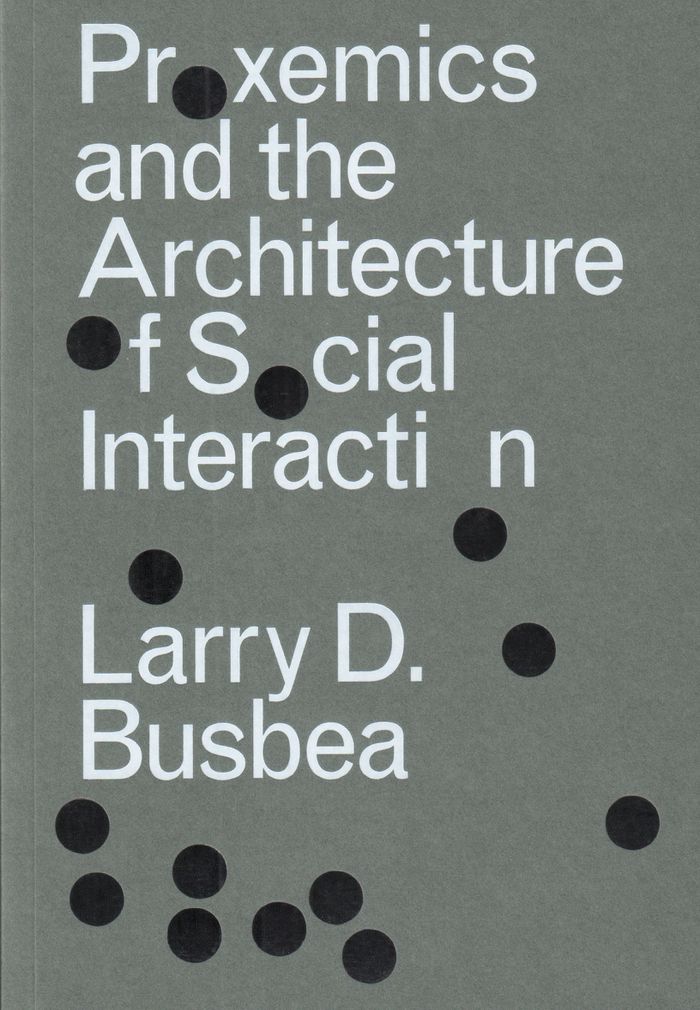$25.00
(available in store)
Summary:
This essay-led book project by Izabella Scott and Skye Arundhati Thomas examines ongoing land disputes, military occupation, and communication blackouts. Through an extended text and a selection of photo essays made in collaboration with photographers, the project gathers together records produced under daily surveillance and confrontation. It seeks a new register of(...)
Pleasure gardens: Blackouts and the logic of crisis in Kashmir
Actions:
Price:
$25.00
(available in store)
Summary:
This essay-led book project by Izabella Scott and Skye Arundhati Thomas examines ongoing land disputes, military occupation, and communication blackouts. Through an extended text and a selection of photo essays made in collaboration with photographers, the project gathers together records produced under daily surveillance and confrontation. It seeks a new register of writing and image to make visible the conditions of military occupation and the protracted violence of the blackout.
Architecture ecologies
Héritage architectural et mutations environnementales: typologies, représentations, transitions
$22.50
(available in store)
Summary:
Actes du 6e séminaire du réseau pédagogique et scientifique « Architecture, Patrimoine et Création. » Le séminaire s'est déroulé à l'ENSA de Paris-Val de Seine, du 12 et 13 mai 2022. Malgré de nombreux travaux et discussions autour de la question d’une architecture « écologique », peu d’entre eux évoquent le patrimoine architectural existant et ancien. De ce fait, le(...)
Héritage architectural et mutations environnementales: typologies, représentations, transitions
Actions:
Price:
$22.50
(available in store)
Summary:
Actes du 6e séminaire du réseau pédagogique et scientifique « Architecture, Patrimoine et Création. » Le séminaire s'est déroulé à l'ENSA de Paris-Val de Seine, du 12 et 13 mai 2022. Malgré de nombreux travaux et discussions autour de la question d’une architecture « écologique », peu d’entre eux évoquent le patrimoine architectural existant et ancien. De ce fait, le réseau pédagogique et scientifique « Architecture, patrimoine et création », souhaite élargir cette préoccupation à d’autres périodes mais aussi, aux architectures ordinaires et vernaculaires. Les travaux du colloque s’inscrivent dans une histoire environnementale de l’architecture, de l’urbain et du paysage. En effet, cette préoccupation pousse l’architecte, l’urbaniste et le paysagiste à faire face à de nombreux questionnements et redéfinir le périmètre de la notion de patrimoine.
Architecture ecologies
$35.00
(available in store)
Summary:
« Avoir un abri n'est pas encore habiter. Habiter, comme on le dit à juste titre, c'est s'installer. C'est précisément un nouveau front ; des actions vastes et complexes seront nécessaires pour rendre la vie sur la planète plus supportable. Ce sont ces nouvelles tâches auxquelles nous devons nous atteler. » Tomás Maldonado. Les essais réunis pour la première fois en(...)
Survivre ou habiter : Une écologie des milieux
Actions:
Price:
$35.00
(available in store)
Summary:
« Avoir un abri n'est pas encore habiter. Habiter, comme on le dit à juste titre, c'est s'installer. C'est précisément un nouveau front ; des actions vastes et complexes seront nécessaires pour rendre la vie sur la planète plus supportable. Ce sont ces nouvelles tâches auxquelles nous devons nous atteler. » Tomás Maldonado. Les essais réunis pour la première fois en français dans cet ouvrage rendent compte des préoccupations environnementales de Tomás Maldonado (1922-2018). Figure intellectuelle totale et reconnue en Italie, Maldonado était aussi designer, théoricien et sémioticien, scrutant l'implication et les responsabilités des designers et des architectes. En abordant les questions de la reconstruction de la nature, de la relation au monde animal ou encore de la qualité des modes de vie, il tente d'éveiller une conscience écologique critique.
Architecture ecologies
$44.00
(available in store)
Summary:
En contrepoint de l'abondante littérature existante qui porte sur ce que l'écologie fait à l’architecture, le présent ouvrage renverse la perspective et ouvre un débat. Les auteurs rassemblés au sein de l’ouvrage, chercheurs et praticiens, s'interrogent en effet sur les multiples manières qu’ont les acteurs de l'aménagement des espaces construits — architectes,(...)
Ce que l'architecture fait à l'écologie
Actions:
Price:
$44.00
(available in store)
Summary:
En contrepoint de l'abondante littérature existante qui porte sur ce que l'écologie fait à l’architecture, le présent ouvrage renverse la perspective et ouvre un débat. Les auteurs rassemblés au sein de l’ouvrage, chercheurs et praticiens, s'interrogent en effet sur les multiples manières qu’ont les acteurs de l'aménagement des espaces construits — architectes, paysagistes, ingénieurs, etc. — de façonner les attentes de la société en matière de lutte contre le dérèglement climatique, l’épuisement des ressources et l’effondrement de la biodiversité. Ce que l’architecture fait à l’écologie montre que leurs pratiques et discours déterminent les conditions de production du cadre bâti autant qu’ils sont déterminés par celles-ci. Dans cet ouvrage, l’architecture est ainsi considérée comme l’un des laboratoires où s’inventent la technique, l’esthétique et plus encore l’éthique qui peut orienter et guider l’action collective dans le monde qui vient.
Architecture ecologies
$52.00
(available in store)
Summary:
La moyenne montagne est un territoire à l’avant-poste de la crise climatique et de l’habitabilité que nous connaissons. Le réchauffement y est en effet deux fois plus rapide que partout ailleurs. Les conséquences sont évidentes, implacables: disparition de la neige et son corollaire économique qui met à mal une dynamique enclenchée pendant les Trente Glorieuses et les(...)
À l'école des sentinelles : Re-faire architecture
Actions:
Price:
$52.00
(available in store)
Summary:
La moyenne montagne est un territoire à l’avant-poste de la crise climatique et de l’habitabilité que nous connaissons. Le réchauffement y est en effet deux fois plus rapide que partout ailleurs. Les conséquences sont évidentes, implacables: disparition de la neige et son corollaire économique qui met à mal une dynamique enclenchée pendant les Trente Glorieuses et les investissements des plans neige. Que faire alors des infrastructures et du bâti — patrimoine architectural ordinaire du XXe siècle? Est-il voué à l’abandon, à disparaître? Ce livre relate une expérience simultanément pédagogique, humaine, technique et prospective. Celle de l’hôtel des Deux-Sœurs au col de l’Arzelier et de sa possible réhabilitation imaginée par une équipe engagée dans la compétition Solar Decathlon Europe 2021-2022.
Architecture ecologies
$52.00
(available to order)
Summary:
Que veut — encore — dire inventer pour un architecte aujourd’hui dans le paysage troublé de l’Anthropocène? Et cette invention en architecture, si elle existe, en quoi se distingue-t-elle d’autres modes inventifs? Alors que la crise de l’habitabilité du monde est patente, la notion d’invention, commune à la philosophie et à l’architecture, se voit actuellement(...)
De l'invention en architecture : Initier, situer, durer
Actions:
Price:
$52.00
(available to order)
Summary:
Que veut — encore — dire inventer pour un architecte aujourd’hui dans le paysage troublé de l’Anthropocène? Et cette invention en architecture, si elle existe, en quoi se distingue-t-elle d’autres modes inventifs? Alors que la crise de l’habitabilité du monde est patente, la notion d’invention, commune à la philosophie et à l’architecture, se voit actuellement réinterrogée selon d’autres coordonnées. La nouveauté que l’on attend de toute invention — et il nous faut bien, peut-être plus encore aujourd’hui, inventer, créer, imaginer pour ré-habiter — ne peut plus, sauf à produire de nouvelles dévastations, s’opérer sur la base d’une destruction, d’une invisibilisation, d’une simplification.
Architecture ecologies
$39.95
(available in store)
Summary:
At the foot of the Argentine Andes, bulldozers are destroying forests and homes to create soy fields in an area already strewn with rubble from previous waves of destruction and violence. Based on ethnographic research in this region where the mountains give way to the Gran Chaco lowlands, Gastón R. Gordillo shows how geographic space is inseparable from the material,(...)
Rubble: the afterlife of destruction
Actions:
Price:
$39.95
(available in store)
Summary:
At the foot of the Argentine Andes, bulldozers are destroying forests and homes to create soy fields in an area already strewn with rubble from previous waves of destruction and violence. Based on ethnographic research in this region where the mountains give way to the Gran Chaco lowlands, Gastón R. Gordillo shows how geographic space is inseparable from the material, historical, and affective ruptures embodied in debris. His exploration of the significance of rubble encompasses lost cities, derelict train stations, overgrown Jesuit missions and Spanish forts, stranded steamships, mass graves, and razed forests. Examining the effects of these and other forms of debris on the people living on nearby ranches and farms, and in towns, Gordillo emphasizes that for the rural poor, the rubble left in the wake of capitalist and imperialist endeavors is not romanticized ruin but the material manifestation of the violence and dislocation that created it.
Architecture ecologies
$39.95
(available in store)
Summary:
Debrisphere is a yet-unnamed stratum of Earth's crust, a supra-stratum of the Lithosphere. It contains the worldwide man-made landscapes: the artificial mountains of Germany, the “blooming deserts” of Israel, the military coral reefs of China and the United States, and other similar constructions around the world resulted from, or still serving, conflict and war. The(...)
Debrisphere: Landscape as an extension of the military imagination
Actions:
Price:
$39.95
(available in store)
Summary:
Debrisphere is a yet-unnamed stratum of Earth's crust, a supra-stratum of the Lithosphere. It contains the worldwide man-made landscapes: the artificial mountains of Germany, the “blooming deserts” of Israel, the military coral reefs of China and the United States, and other similar constructions around the world resulted from, or still serving, conflict and war. The artist's book by Anca Benera and Arnold Estefan is published as an extension to their eponymous installation, presented for the first time in the frame of “Natural Histories. Traces of the Political” exhibition at MUMOK Vienna in 2017. Alongside the artists' case studies, which include Ariel Sharon Park, Teuflesberg, Diego Garcia, Johnston Atoll and the Spartly Islands, the publication includes four republished texts by Andrew Chubb, Hito Steyerl and Eyal Weizman, and newly commissioned texts by Noit Banai, Maja & Reuben Fowkes and Raluca Voinea.
Architecture ecologies
$32.00
(available in store)
Summary:
Architecture is a constant presence in the study of human interaction- acting as both the ground on which human social behavior is performed and a means of shaping subjectivity itself. ''Proxemics'' was an attempt to visualize and instrumentalize these dynamics, appealing to both the social sciences and the emerging field of environmental design. Founded by anthropologist(...)
Proxemics and the architecture of social interaction
Actions:
Price:
$32.00
(available in store)
Summary:
Architecture is a constant presence in the study of human interaction- acting as both the ground on which human social behavior is performed and a means of shaping subjectivity itself. ''Proxemics'' was an attempt to visualize and instrumentalize these dynamics, appealing to both the social sciences and the emerging field of environmental design. Founded by anthropologist Edward T. Hall and taking shape between the departments of architecture and anthropology at the Illinois Institute of Technology, proxemics developed amidst cold war political tensions and intense social and civil unrest. ''Proxemics and the Architecture of Social Interaction'' presents selections from Hall’s extensive archive of visual materials alongside a critical analysis that traces transformations in the fields of design and science. Together these materials illuminate a moment in American history when new spatial practices arose to challenge the environmental conditions of cultural, political, and racial identity.
Architecture ecologies
$33.95
(available in store)
Summary:
There is widespread consensus that we are living at the end—of democracy, of liberalism, of capitalism, of a healthy planet, of the Holocene, of civilization as we know it. In this book, drawing on radical futurisms and visions of justice-to-come emerging from the traditions of the oppressed—Indigenous, African-American, multispecies, anti-capitalist—as materialized in(...)
Radical futurisms: Ecologies of collapse/chronopolitics/justice to come
Actions:
Price:
$33.95
(available in store)
Summary:
There is widespread consensus that we are living at the end—of democracy, of liberalism, of capitalism, of a healthy planet, of the Holocene, of civilization as we know it. In this book, drawing on radical futurisms and visions of justice-to-come emerging from the traditions of the oppressed—Indigenous, African-American, multispecies, anti-capitalist—as materialized in experimental visual cultural, new media, aesthetic practices, and social movements, T. J. Demos poses speculative questions about what comes after end-of-world narratives. He argues that it's as vital to defeat fatalistic nihilism as it is to defeat the false solutions of green capitalism and algorithmic governance. How might we decolonize the future, and cultivate an emancipated chronopolitics in relation to an undetermined not-yet? If we are to avoid climate emergency's cooptation by technofixes, and the defuturing of multitudes by xenophobic eco-fascism, Demos argues, we must cultivate visions of just futurity and multispecies flourishing.
Architecture ecologies
